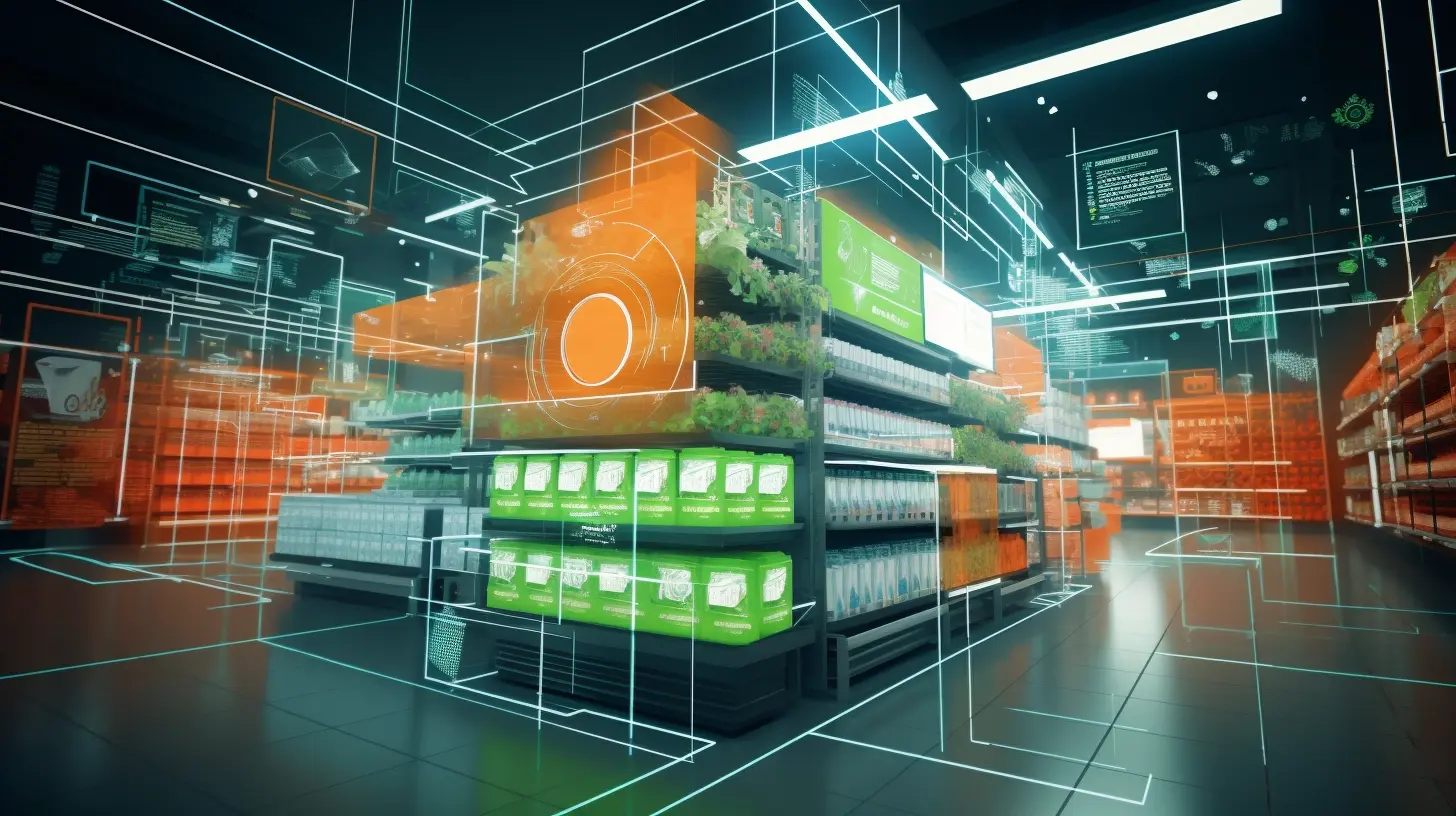Earlier this month, the NACS Show hosted an Education Session all about the concept of promotions, and it got us thinking here at VideoMining, as a good bit of our virtual water cooler talk is about measuring promotional efficacy and finding deeper ways to measure how humans respond to such stimuli in-store.
What was most intriguing about NACS’ presentation “Promotions That Deliver Results”, was the thought process they invited marketers to consider before they dive into the practicalities of scheduling and building promotions. It started with a simple question: “Why do we promote?”
Of course, we all want to promote because we want to sell more stuff. Hard stop. But the more precise we can define how we view success, the closer we can get to building meaningful campaigns and actually learning from them once they go live. At VideoMining, we like to refer to those as the metrics that matter. The metrics that matter are those that go beyond just the bottom line. They are the ones that give us insight into what drives our customers, what resonates with them and what we can do to improve their overall experience and motivate desired action. By focusing on these metrics, we can create campaigns that are not only effective but also have a positive impact on our audience and the connection they feel with our brands.
To illustrate, let’s start small and consider what we might consider to be metrics of success beyond sales. Sure, you could look to unit growth, profit improvement, or dollar sales trends if you want to work on managing the product outcome. Or, you could look to new buyers, increased frequency, increased loyalty, expanded consumption, and so on...The good news? You don’t have to pick just one. The bad news? You certainly cannot pick them all.
In a perfect example, a retailer sought to grow units of fountain beverages sold, AND grow registered loyalty card users. After a robust pre-campaign analysis, they had the right historical performance data in their back pocket and were ready to roll. With in-store signage generously placed throughout the stores highlighting $1 for any size fountain drink if you used your reward account, this retailer saw units jump 22% prior to promotional period and an increased registration in loyalty users by 40,000.
How can marketers duplicate that kind of success?
1. Store Execution is Paramount
Consistent and clean execution is one of the most essential elements of promotional blitz campaigns – and can make or break the results. The smallest details here matter, from the appearance and polish of the displays, hanging of signs, to the inventory management required to stay ahead in a demand generating moment. In cases like this, where fountain beverage areas anticipate higher than average traffic flows, that can also mean looking more closely at operations schedules and adding additional servicing and cleaning to the area throughout the day - from wiping down the counters, to removing any debris, to restocking the cups, and so on.
2. The Message Matters
This is about more than just having the right message, it is also about making sure it reaches your customer in the most impactful way. In our Behavior Labs, we enable countless Test & Learns to help CPG and retail marketers determine the most effective vehicles for their promotional message, from the copy, to the font, to the visuals and the color schemes. The trick to leveraging behavioral science to optimize campaigns lies in the ability to analyze shopper’s authentic reaction to stimuli on the micro-level. We leverage AI tools that are hardwired to assess human behavior in the context of retail environments to help marketers get the facts right.
3. Never Die on the First Hill You Climb
Don’t discount the value of iterative improvements through the process of testing and learning. Often times, campaigns that look absolutely perfect on paper hit the market, only for shopper behavioral response to tell us that there are minor (or major) tweaks that will help the message resonate and the offer stand out. With Behavior Labs, we empower marketers to dive into the micro-moments across the in-store experience, and through deep learning algorithms we expose human reaction and behavioral patterns down to every tenth of a second. Why? Because in those tiny moments, those glances, those considerations, those slight flickers of the eyes, often lie the answers for why a campaign will, or will not, succeed at scale. Ready to learn more?
.png)




